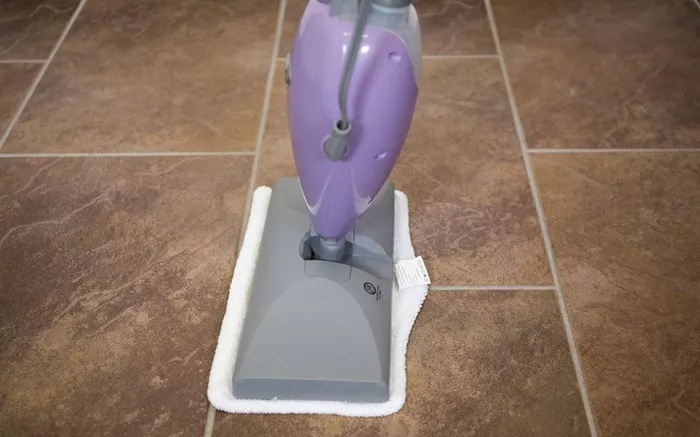A pressure washer is a powerful cleaning tool that relies on a well – functioning engine to generate the high – pressure water stream. Over time, the engine’s carburetor can become clogged with dirt, grime, and carbon deposits, which can lead to poor performance, hard starting, or even engine stalling. Carburetor cleaner is a specialized solvent designed to dissolve these deposits and restore the carburetor’s proper operation. Knowing where to spray carb cleaner on a pressure washer is crucial for maintaining its performance and longevity. In this article, we’ll explore the key areas of a pressure washer where carb cleaner should be applied, how to do it safely and effectively, and what to consider during the process.
Understanding the Carburetor’s Role in a Pressure Washer
The carburetor in a pressure washer’s engine is responsible for mixing the right amount of fuel with air. This fuel – air mixture is then sent into the engine’s combustion chamber, where it is ignited to produce the power that drives the pump and creates the high – pressure water spray. When the carburetor gets dirty, the fuel – air mixture can be disrupted. Clogged jets or passages in the carburetor can prevent the proper flow of fuel or air, resulting in an imbalanced mixture. This imbalance can cause the engine to run too rich (too much fuel) or too lean (too little fuel), both of which can lead to performance issues. Carburetor cleaner helps to remove the deposits that build up in the carburetor, allowing it to function as it should and ensuring a proper fuel – air mixture for optimal engine performance.
Pre – Preparation Before Using Carb Cleaner
Safety First
Before starting any work on your pressure washer with carb cleaner, safety should be your top priority. Carb cleaner is a strong solvent, and its fumes can be harmful if inhaled. Always work in a well – ventilated area. Open garage doors, windows, or use fans to improve air circulation. Wear appropriate personal protective equipment (PPE), including safety goggles to protect your eyes from splashes, rubber gloves to safeguard your hands from the corrosive nature of the cleaner, and a respirator mask if possible to avoid breathing in the fumes.
Engine Shutdown and Cooling
Make sure the pressure washer’s engine is completely turned off. Running the engine while applying carb cleaner can be extremely dangerous, as the cleaner is flammable. Additionally, allow the engine to cool down for at least 15 – 20 minutes. A hot engine can cause the carb cleaner to evaporate too quickly or even ignite, posing a fire hazard.
Locating the Carburetor
The carburetor’s location can vary depending on the make and model of the pressure washer. In most small – to – medium – sized pressure washers with gasoline engines, the carburetor is located near the engine’s intake manifold. It is usually a small, metal or plastic housing with several hoses and connections. If you’re unsure where the carburetor is on your specific pressure washer, refer to the owner’s manual. The manual will have a detailed diagram showing the engine components, including the carburetor.
Potential Risks and How to Mitigate Them
Fire Hazard
As mentioned earlier, carb cleaner is flammable. To reduce the risk of fire, never use carb cleaner near an open flame, spark, or any source of ignition. Make sure the area where you’re working is free of any potential fire hazards. Keep a fire extinguisher nearby just in case. Also, avoid spraying carb cleaner onto a hot engine or in an area with poor ventilation, as the fumes can ignite.
Engine Damage
If you use too much carb cleaner or apply it in the wrong way, it can potentially damage the engine. For example, over – spraying into the engine cylinders can wash away the oil on the cylinder walls, leading to increased wear. To avoid this, be careful with the amount of cleaner you use and make sure it is directed only at the areas that need cleaning. If you’re unsure about how to clean a particular part, refer to the owner’s manual or consult a professional.
Environmental Impact
Carb cleaner is a chemical solvent, and improper disposal can harm the environment. When you’re done using the carb cleaner, don’t pour the leftover cleaner or the dirty rinse water down the drain. Instead, check with your local waste management facility to see how to properly dispose of these chemicals. Some areas have specific collection points for hazardous waste, which carb cleaner falls under.
Conclusion
Knowing where to spray carb cleaner on a pressure washer is essential for maintaining its performance and ensuring its longevity. By targeting the carburetor inlet, main and pilot jets, throttle body, fuel bowl, and intake manifold, you can effectively remove dirt, grime, and carbon deposits that can affect the engine’s operation. Remember to always prioritize safety, follow the manufacturer’s instructions, and be thorough in your cleaning process. With proper care and maintenance using carb cleaner, your pressure washer will continue to provide reliable and efficient cleaning power for years to come. Whether you’re a professional using a pressure washer for work or a homeowner looking to keep your driveway and patio clean, taking the time to clean the carburetor with the right techniques and products is a small investment that can pay off in big ways.
Related topics:

